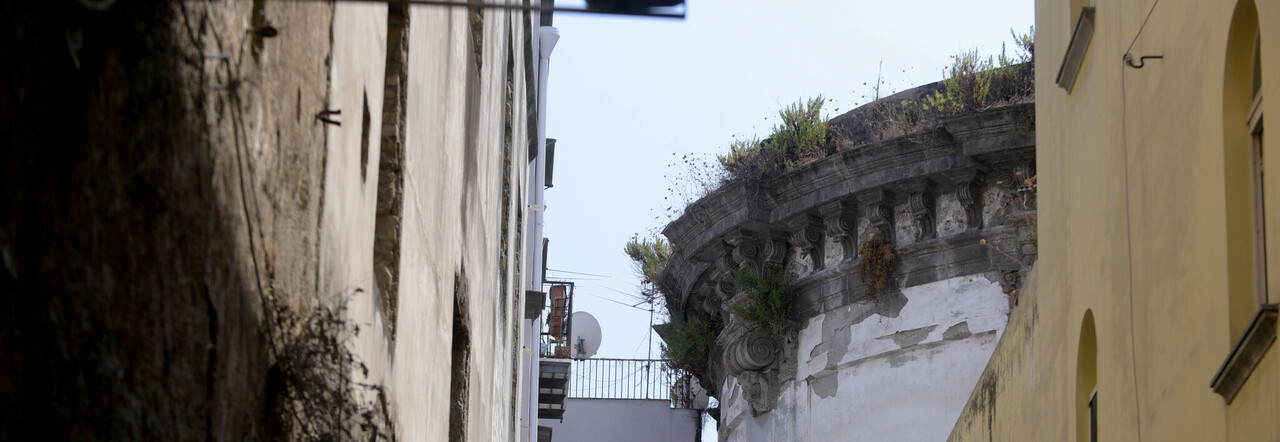The Social Condominium of San Nicola a Nilo: A Co-Housing Experiment in Naples

Thursday 28 March 2024, 16:21 - Last updated :
16:34
2 Minutes of Reading
Protecting residence in the historical center and promoting collaborative living among fragile family units and the elderly. These are the goals of the project "Social Condominium of San Nicola a Nilo", the first experiment carried out by the Manfredi administration aimed at developing a new housing model where cooperation and mutual solidarity are the leitmotifs.
Comprising 30 apartments, the Social Condominium comes to life today through the delivery of the first homes for a two-year experiment. The project, created to welcome elderly people, singles, and family units in housing distress and under the care of territorial Social Services, is designed to ensure the autonomy of the individual, the protection of personal spaces and aims to overcome traditional welfare models, embracing a participatory approach that promotes social support networks.
The apartments, as explained in a note, are not just housing units, but are conceived as spaces of sharing and inclusion. The project also involves third-sector entities that will take care of services such as neighborhood concierge and common laundry, and will implement programs for social promotion and support.
"The Social Condominium is an experiment in intergenerational co-housing aimed at people who, by living together, make their time and talents available to support each other - emphasized Laura Lieto, Deputy Mayor of Naples and Councilor for Urban Planning - It is aimed at families in economic difficulty, made up of adults and children, who commit to offering assistance and companionship to the elderly who will live, like them, in the social condominium. This project opens a path that future cities must necessarily measure themselves against: that of communal life, of a social and intergenerational pact that, by giving life to a new organization of daily life, designs common spaces and uses cooperative management formulas of residence, supporting those who are expelled from market processes or those who, aging, have lost supports and family networks. It is also an experiment in the protection of stationary residentiality in the historic center of Naples, which counterbalances the effects of mass tourism and contributes to maintaining the social mix that has always characterized that part of the city.
© ALL RIGHTS RESERVED
This article is automatically translated
This article is automatically translated
